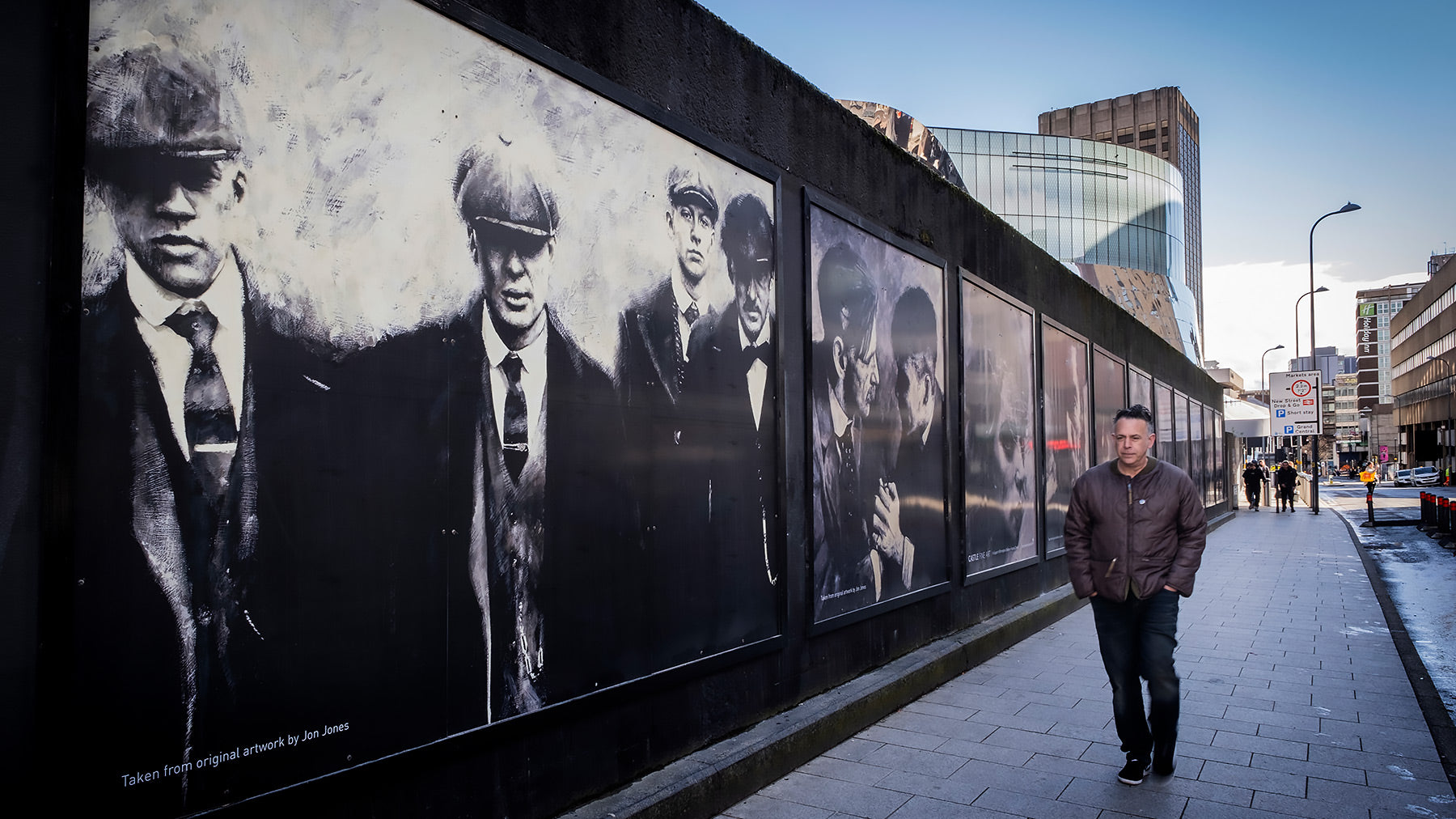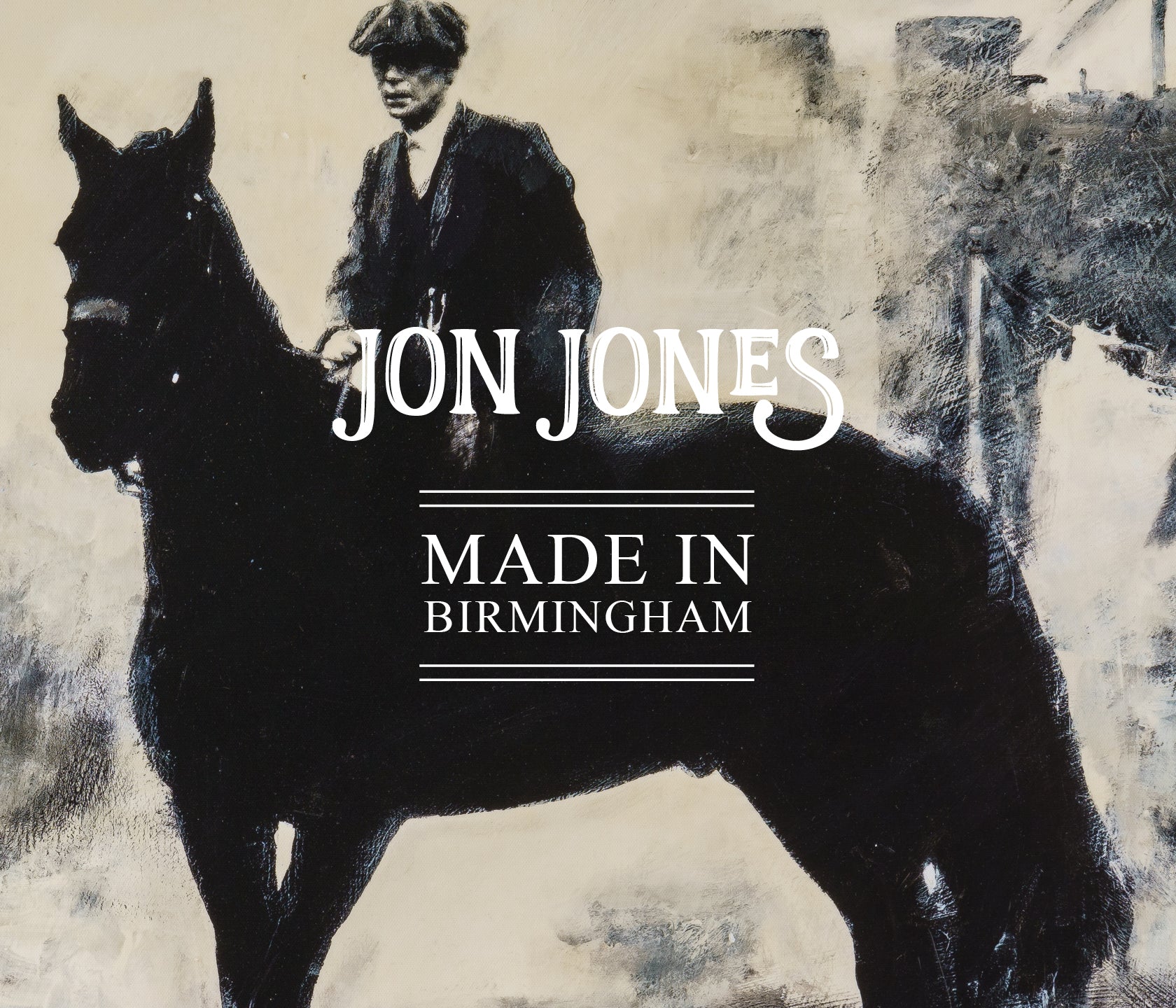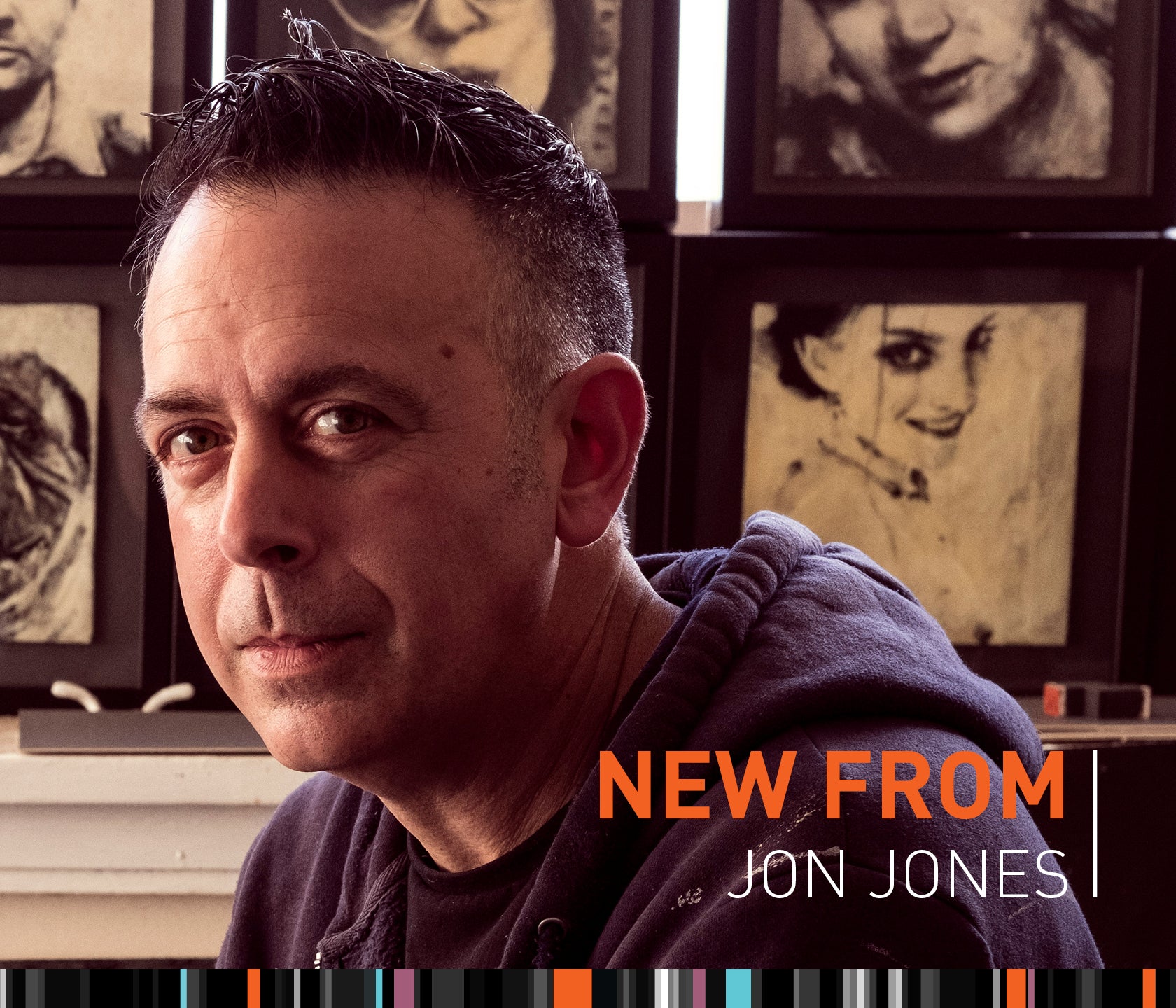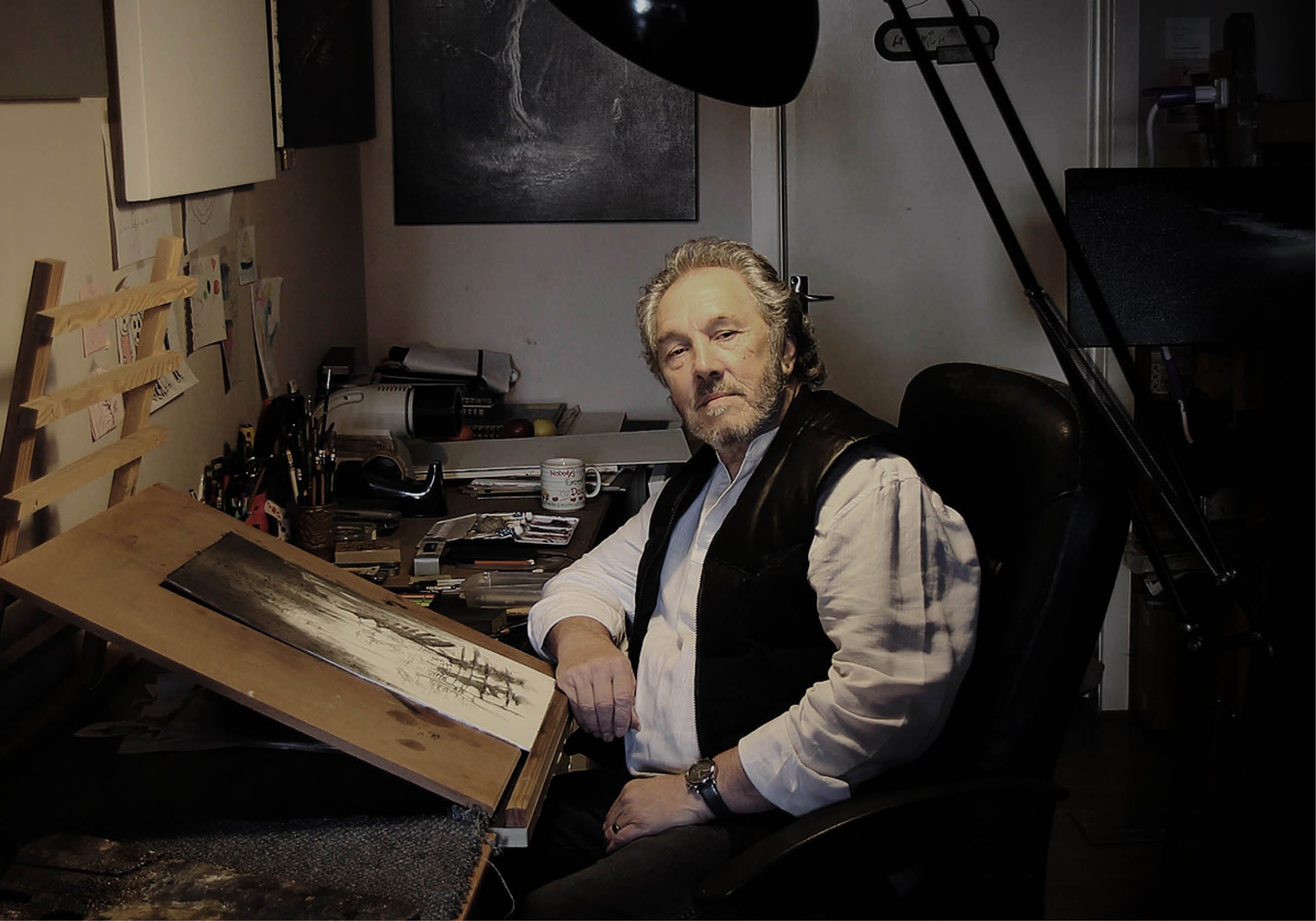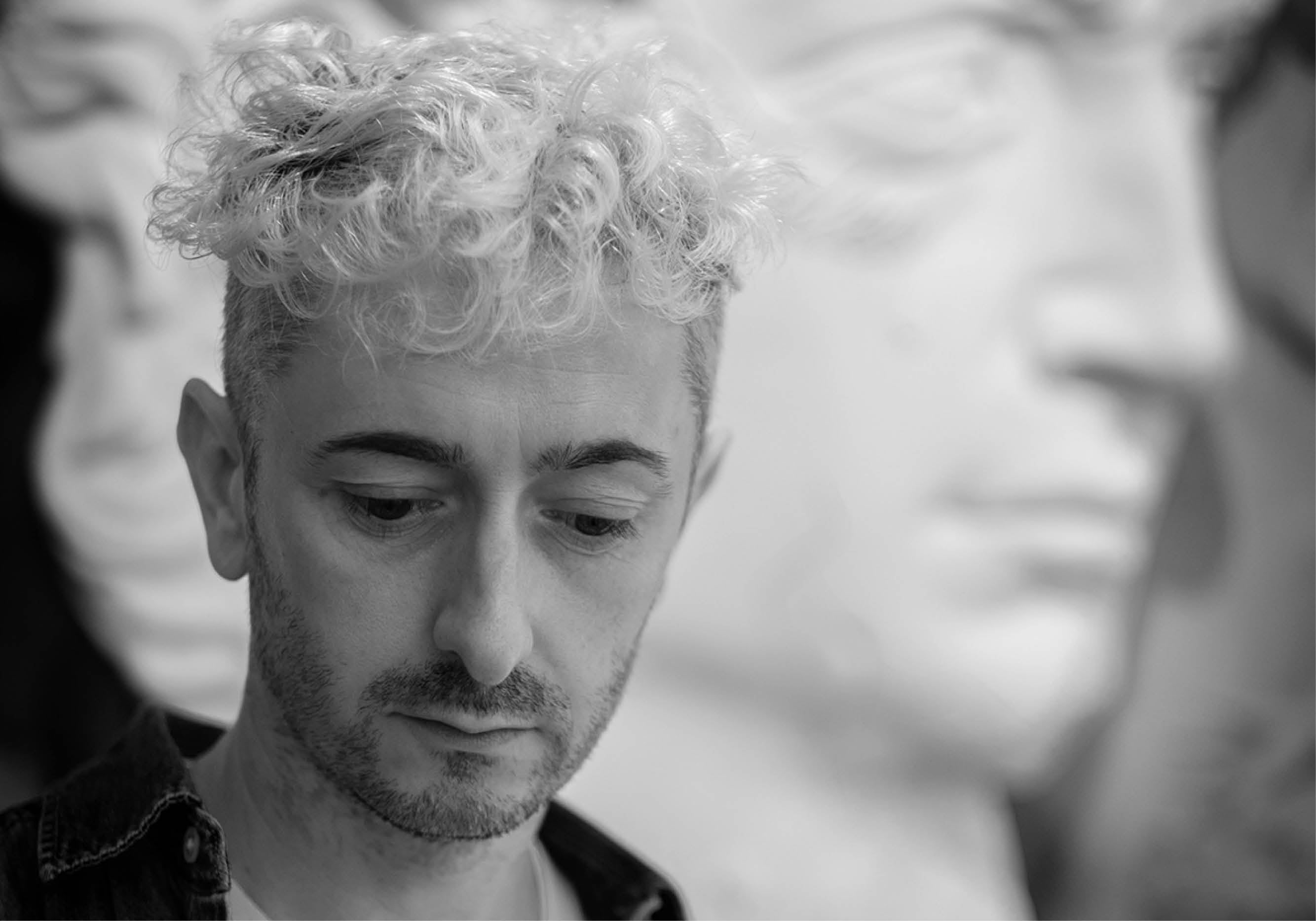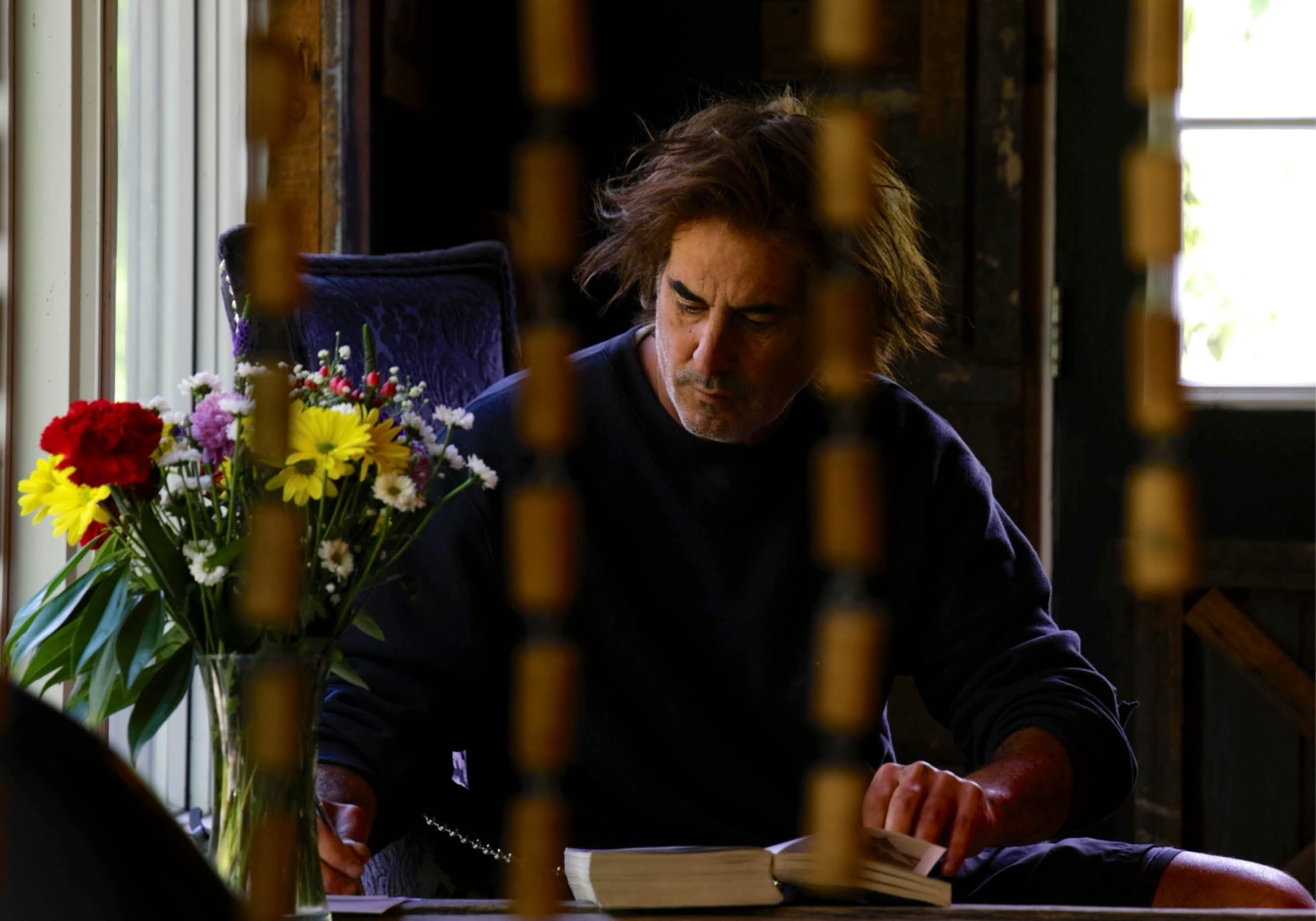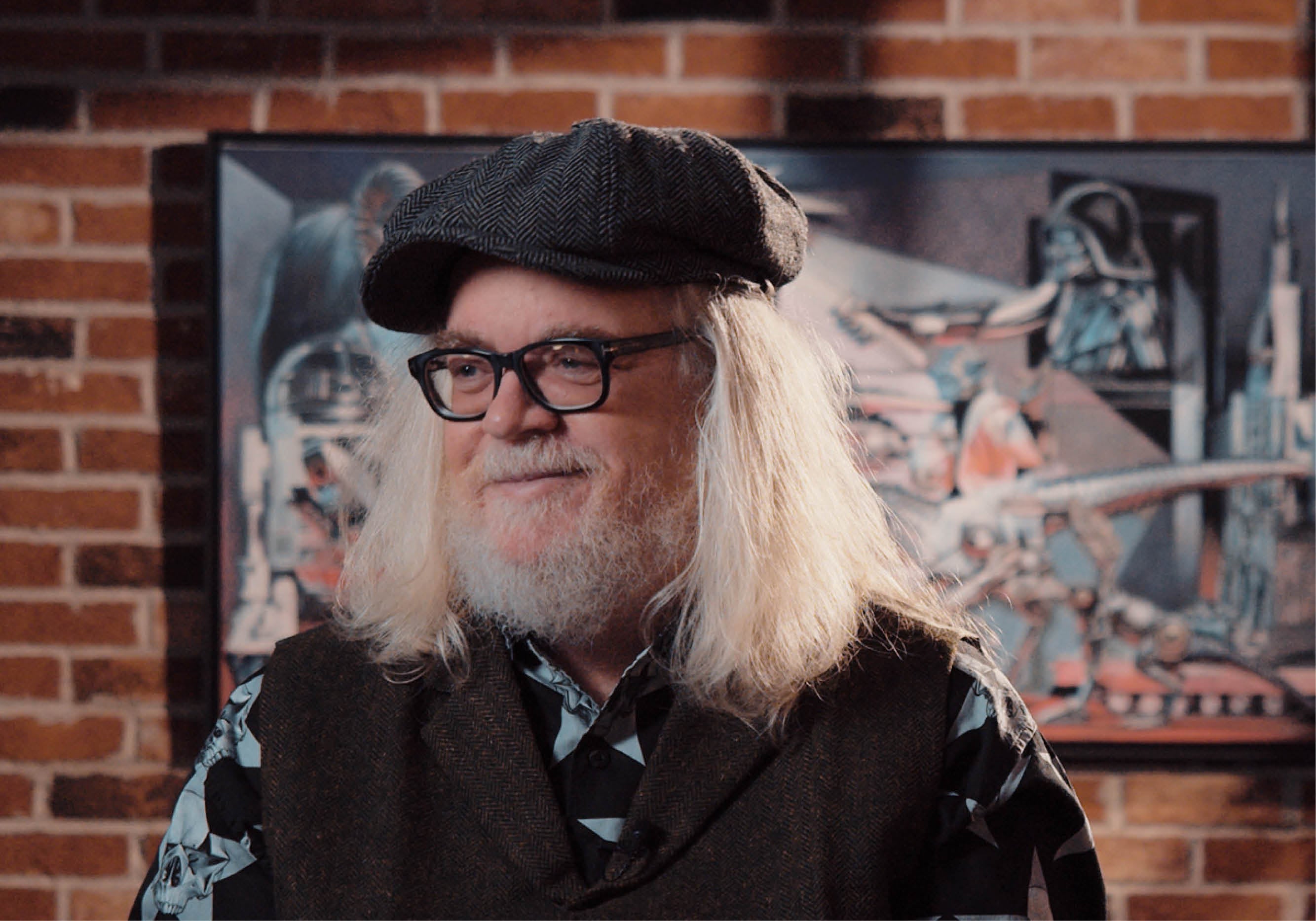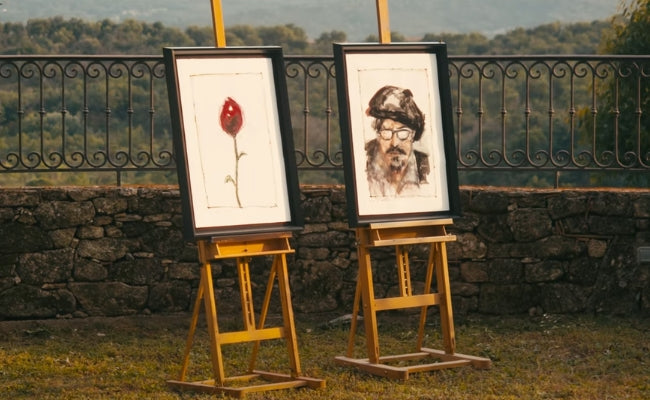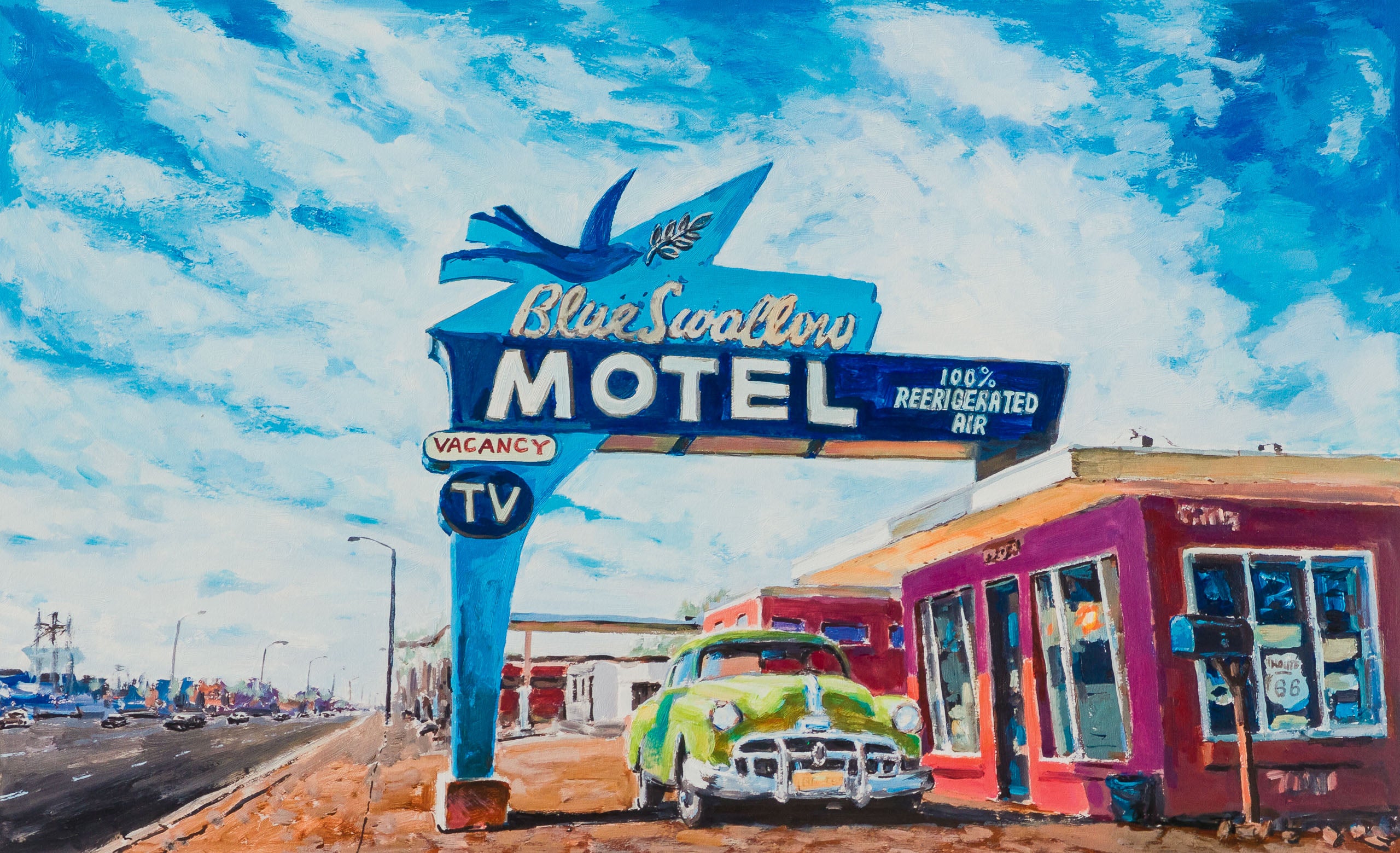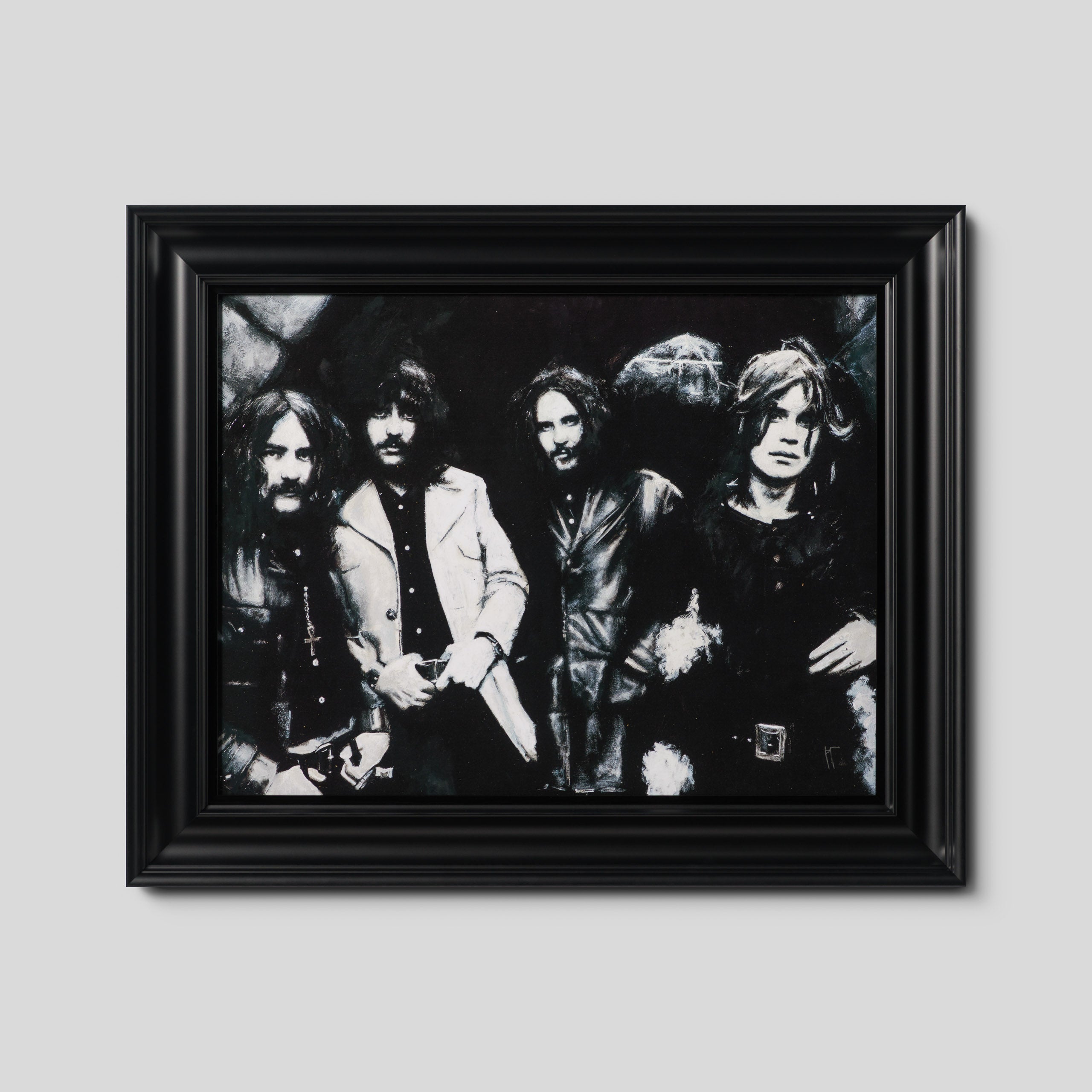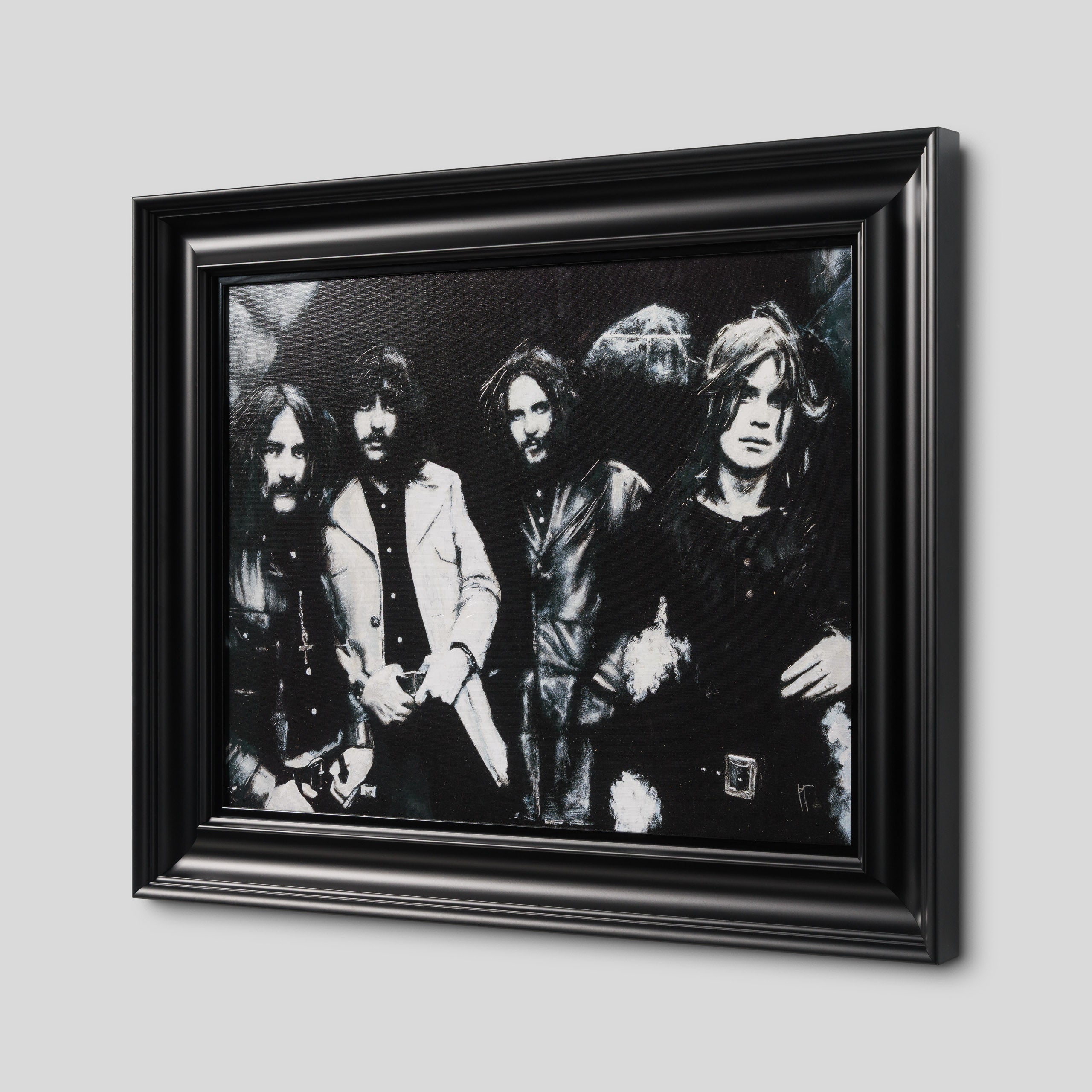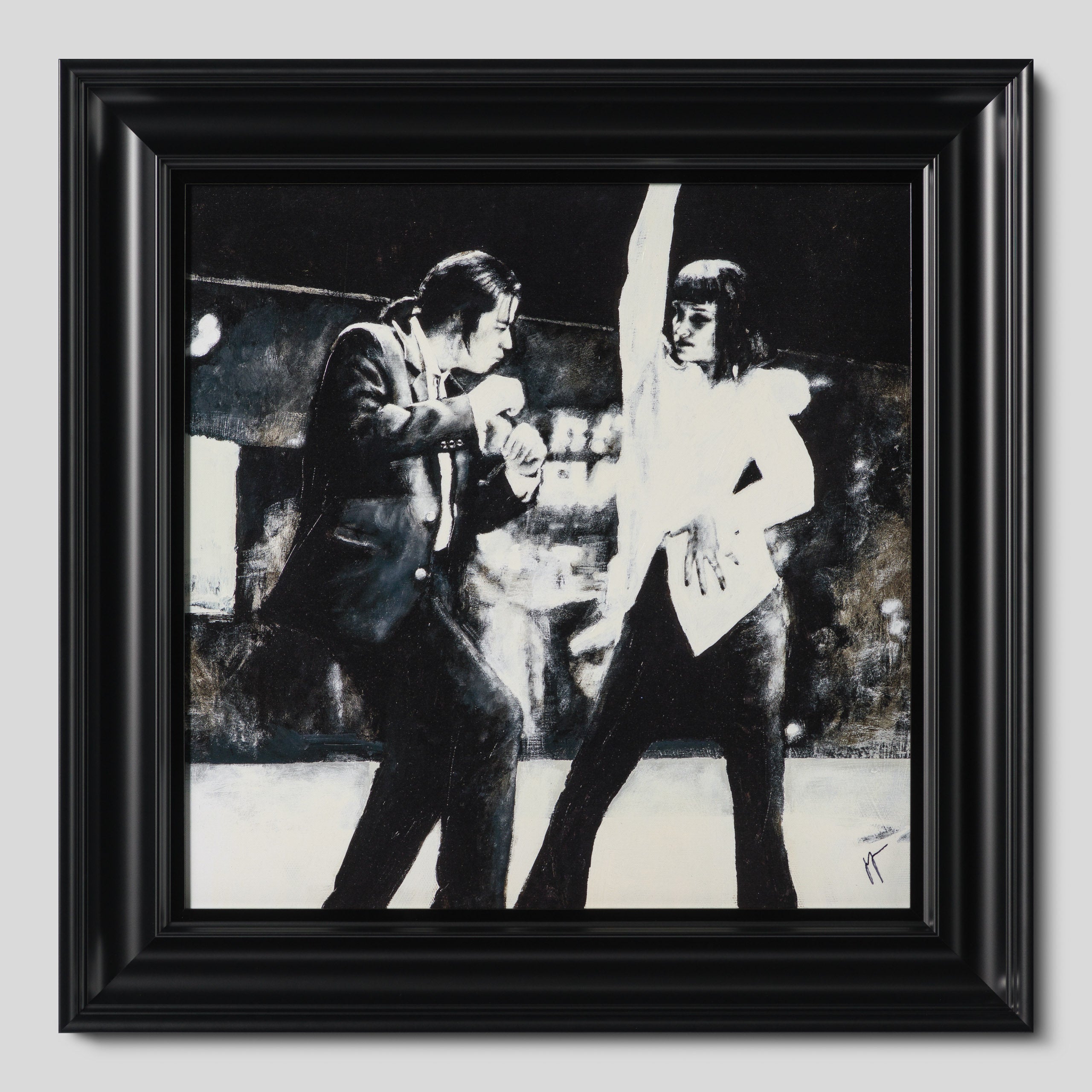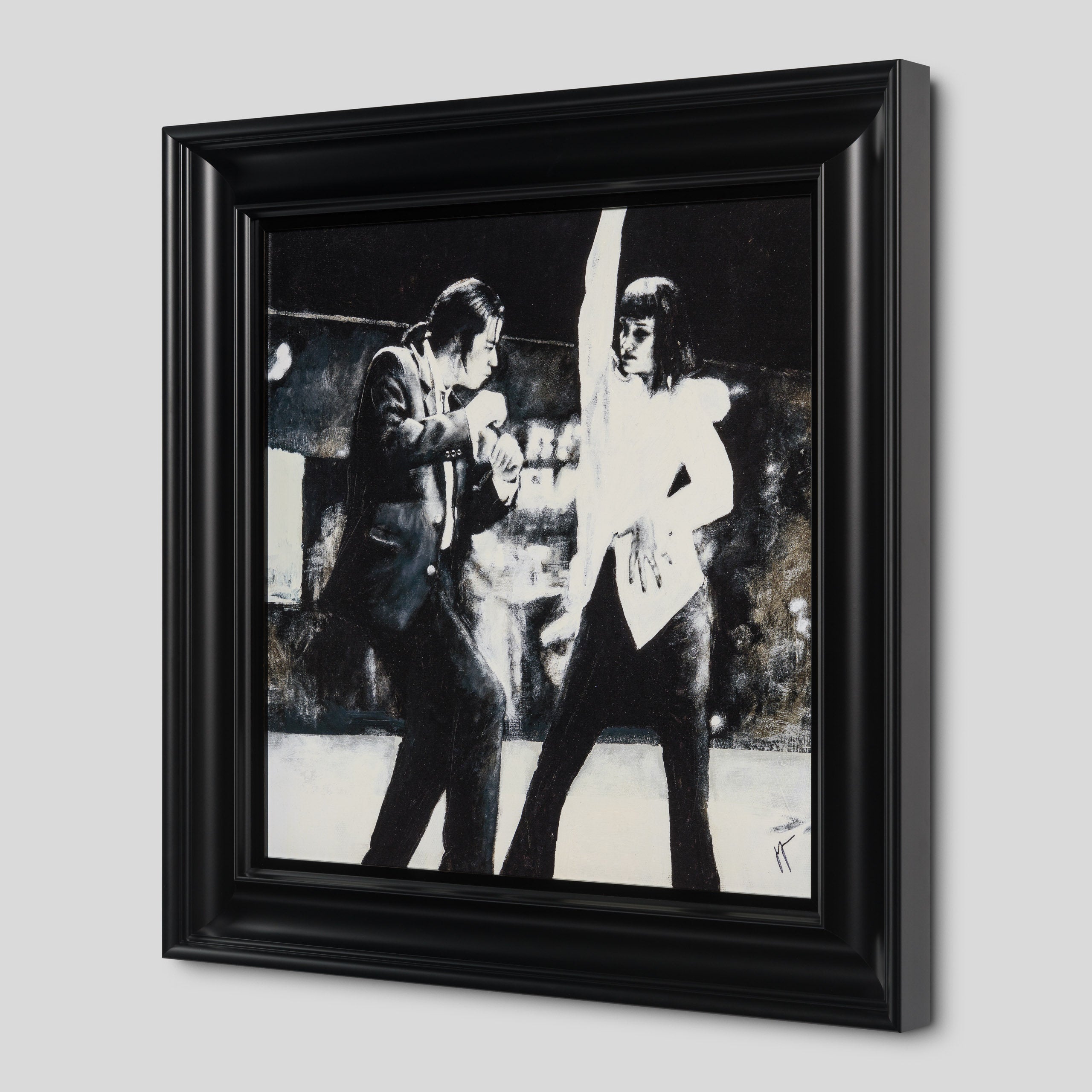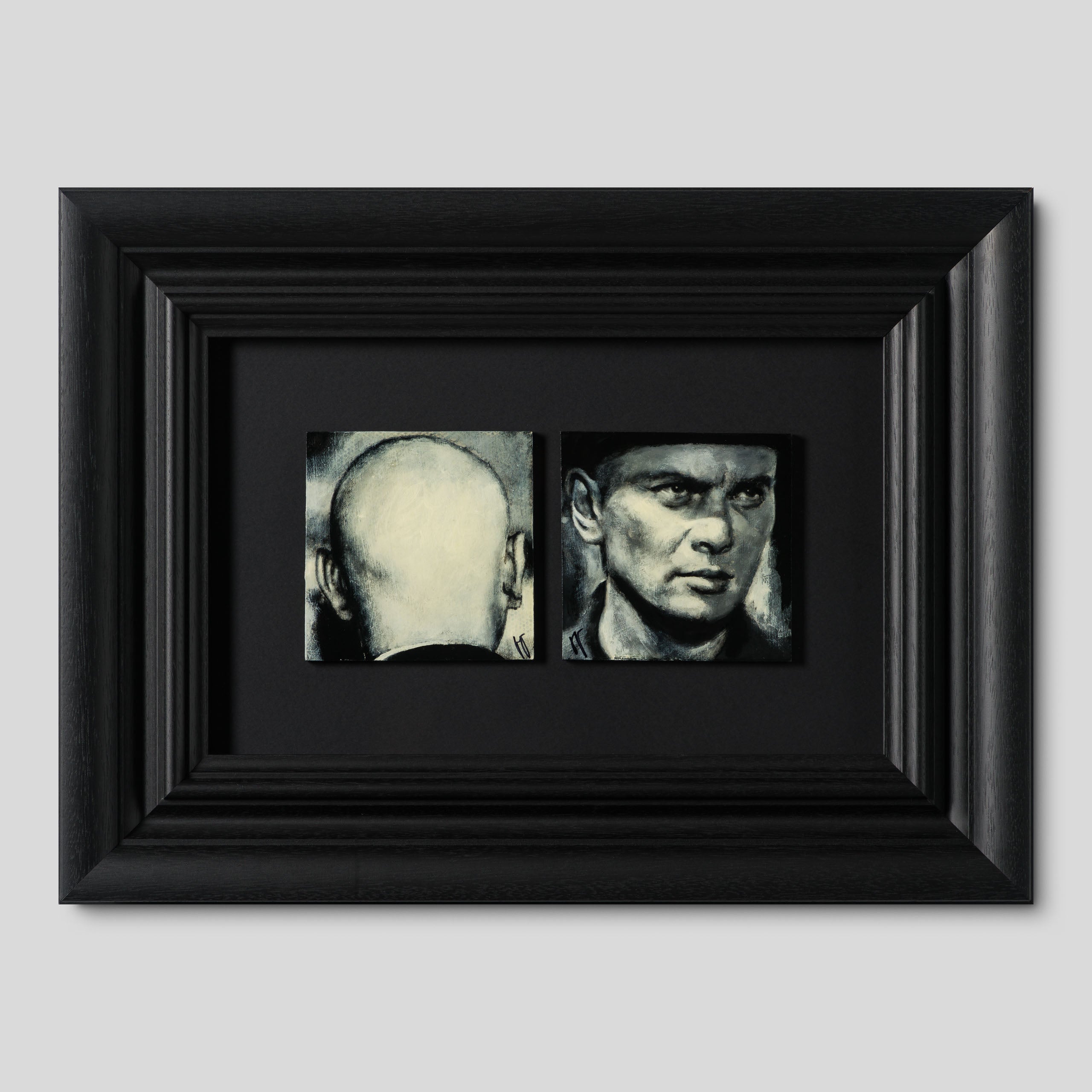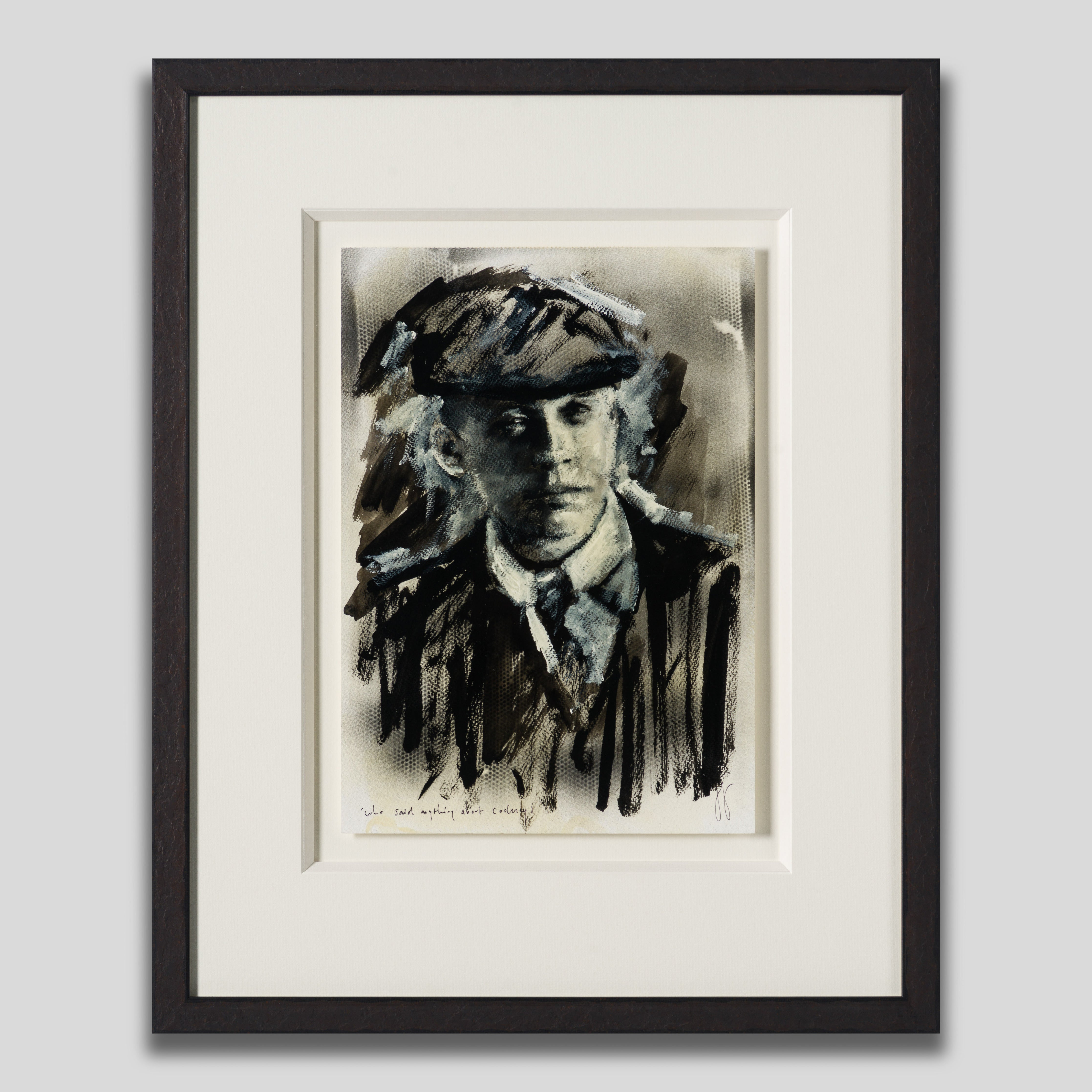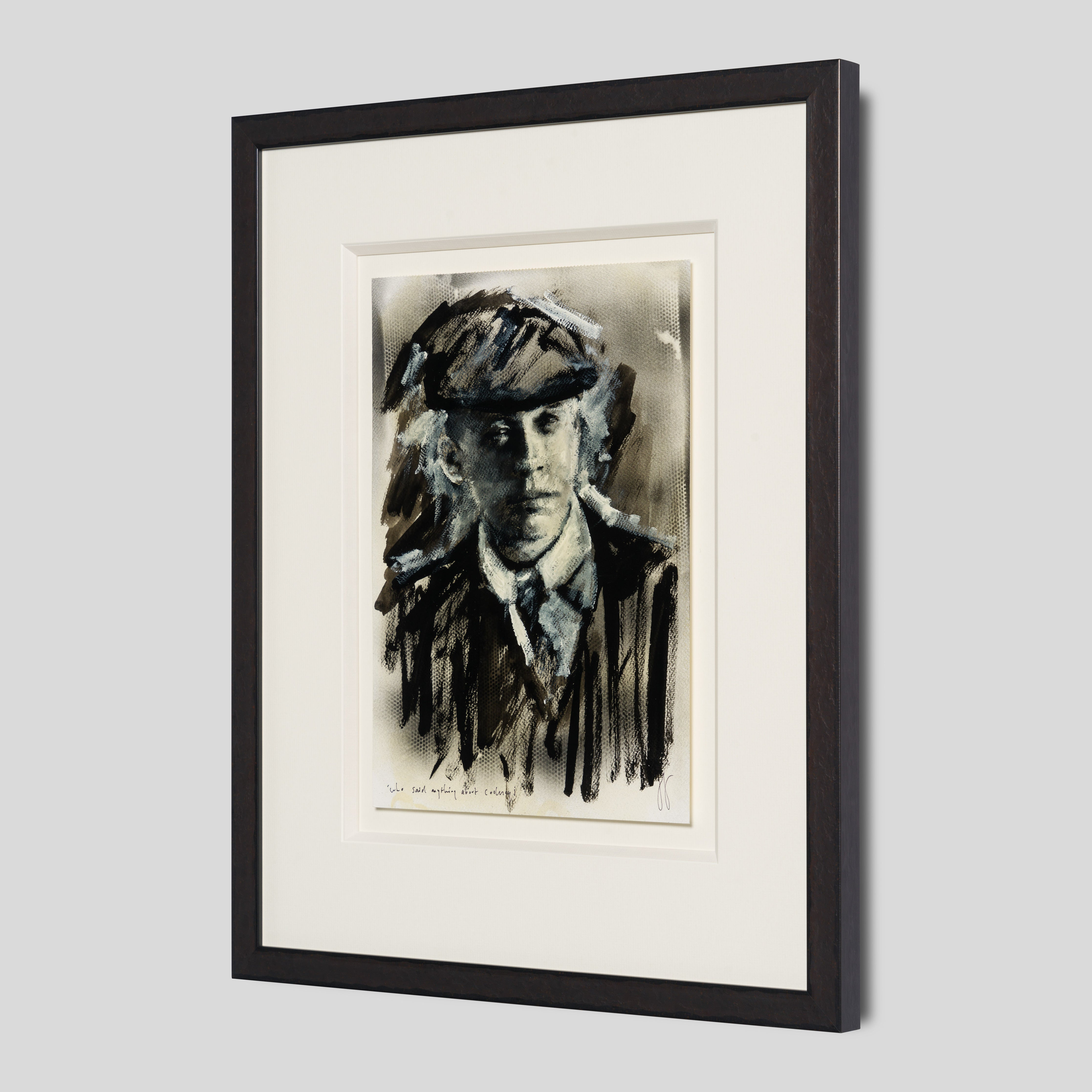Birmingham-based portraitist Jon Jones has an unquenchable passion for painting, and if something grabs his imagination, he gets right on with making an image. 'If I have an urge to paint something I will drop everything and paint it,' he says. 'Once I've started working on something I focus all of my energy on that, and often the person I'm painting will help me.'
Jon is a lover of history; growing up in Kings Heath, Birmingham, he was drawn to the darker side of the past and shunned playing football with his friends in favour of exploring the local Hare and Hounds pub, where the landlord regaled tales of hangings and said the cellar was used as a mortuary. As an adult, he went on to hold exhibitions based on prostitution in 18th century London and the history and meanings behind nursery rhymes.
He has worked extensively with the West Midlands Police Museum to explore the criminal underworld of 19th century Birmingham. Many of his haunting paintings delve into the history of the infamous Peaky Blinders gang, made famous by the successful BBC series of the same name.
These incredible monochrome pieces have become signature works for Jon, and there is a huge gallery of them in Birmingham's city centre, raising money for Birmingham Children's Hospital.
Jon's love of popular culture is seen throughout his art. The In My Life collection, named after the moving song by The Beatles, saw him reveal his personal icons. The works are a culmination of Jon's artistic influences, including pop artist Roy Lichtenstein, whose work was influenced by popular advertising and the comic book style of the early 1960s; street artist Jean-Michel Basquiat, with his raw gestural style of painting with graffiti-like images and scrawled text, German artist Martin Kippenberger, with his irreverence and parody; Rembrandt, a personal hero of Jon's, considered one of the greatest storytellers in art and unusually gifted in capturing moods, and Joshua Reynolds, the leading portrait painter of the 18th Century.
A fan of comics and cartoons, Jon loves the power a cartoon can have on the viewer. 'The instant grab of attention and the ability to convey emotions so simplistically is not lost on me,' he explains. 'Nevertheless, I want my work to be more than just a quick line drawing, however well perceived or executed.'
Mark-making is something that Jon has mastered throughout his career, and it's how he creates representational artworks, using rough lines, marks and smudges to suggest the movement of the people he draws. 'By just using several marks I can construct a face and make someone instantly recognisable. The looseness of my work is my way of taking a risk.
'As a portrait painter I strive to capture an expression, mood or feeling, but I also love the juxtaposition between my 'portrait' and the accompanying 'animated' portrait, it brings a sense of humour to the earnest.' 'These are personal paintings which if anything, I paint to make me smile, all the people portrayed have inspired, provoked, and interested me throughout my life.' And he really does mean all through his life - when he was very young, he was creating portraits of John Inman from Are You Being Served?; at the other end of the cultural scale he is a big fan of John Wayne. 'In difficult situations, such as during the Covid epidemic, I always think, 'What would John Wayne do?'.'
As Jon is working in his fascinating studio, full of treasures bought from car boot sales, he uses his work as time to think. 'Painting is a journey and a therapy,' he says. 'I never used to believe in art therapy, but now I do. When I'm in the studio, it's just me in silence, thinking about things and that time is an escape for me.
